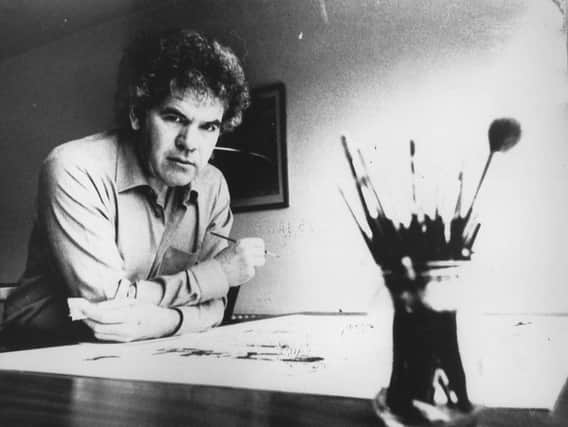Cartoon king who delighted millions


There wasn’t much to laugh at in the Summer of 1938. In Germany, Jews were forced to carry identity cards, Italy adopted Nazi-style anti-Semitism, the Japanese carried out bombing raids on China, and Australia beat England in the fourth test to keep the Ashes.On July 30 of that year, however, things changed slightly. A seven-year-old boy, standing in the school-yard of St Mary’s School in Chorley, had a new publication thrust into his hands by an excited pal. It was the first issue of The Beano, and it was to change his life forever.That seven-year-old boy was Leo Baxendale, who later went on to create some of the best loved comic characters in the world, including Minnie the Minx, Little Plum, and everyone’s favourite Bash Street Kids. But his first impressions of The Beano left him rather at a loss.Leo said: “To be honest, I was a bit nonplussed. I was used to boys’ papers and magazines like Film Fun, and this was unlike anything I’d ever seen before. It had a talking ostrich on the front page. The style was very robust. The comic was published by DC Thompson, based up in Dundee, and it was completely different to anything coming out of London.”Over the next few years, a host of characters were introduced through the pages of The Beano, most of them now household names. Think of Roger the Dodger, the prototype slacker, or Billy Whizz, the fastest boy alive with his weird little antennae. And Dennis the Menace, with his black and red striped jumper, his spiky pre-punk hair and that malicious grin, aided and abetted by his mischievous Abyssinian Wire-Haired Tripehound, Gnasher.In 1952 Leo Baxendale, now aged 21 and having some small success as an illustrator with, among others, the Lancashire Evening Post, sent off some samples of his work to DC Thompson.When asked to work up some new characters, Leo took his inspiration from a new strip that had appeared in The Beano just the year before – none other than the “wildest boy in the world”, Dennis the Menace.Leo remembers: “I was immediately very attracted to this character and I thought about a female version of Dennis, which eventually became Minnie the Minx. Then I took the same basic character and created a sort of Red Indian version, which was Little Plum.”Both characters enjoyed enormous success in the Beano, leading the editors to commission a new strip from Leo. Initially they wanted a big “window” type strip, a single picture with lots happening in it. Leo met with them on Preston station and by the time he had walked the length of Friargate he had dreamed up what was to become one of the country’s most enduring comic strips ever: The Bash Street Kids.Leo said: “As soon as I got to my parents’ home in Fulwood I sat down at the big dinner table and started drawing. It was only when my mum wanted to set the table that I had to stop, but by that time the Bash Street Kids were born.”If readers had thought Dennis the Menace anarchic, they hadn’t seen anything yet. The adventures of Danny, Smiffy, Plug and ‘Erbert were sort of a frazzled inner city St Trinians on speed, a grotesque Please Sir, the basis for the wackier plot lines of Grange Hill. The readers loved it, and by the late 1950s, the Beano was selling a phenomenal two million copies a week. And they continued to love it, and do so up to this day.